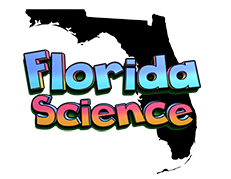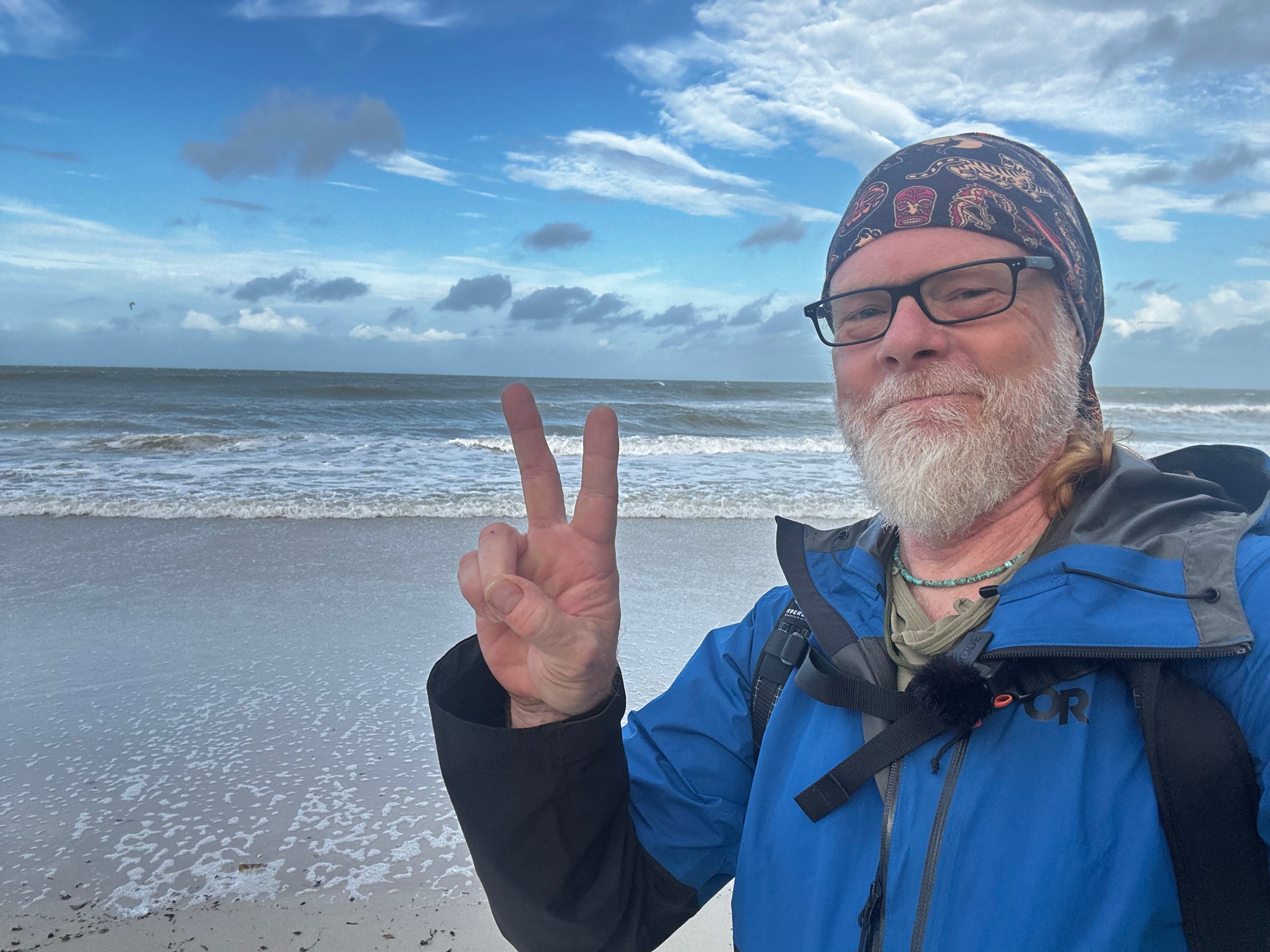Physical Changes Are Reversible, Chemical Changes Are Not… Not!
My Mistake
I’ve been teaching for twenty four years, and somewhere along the way, years ago, I was teaching a lesson from the textbook on physical and chemical changes. The textbook lesson stated that physical changes are reversible, and chemical changes are not. So that’s how I taught the lesson…
When I got to the lesson on photosynthesis (I was teaching fifth grade at the time, where we teach Earth, Life, and Physical science in one year), I thought something was off a bit.
Plants
Plants need sunlight, water, and carbon dioxide to survive. They use the energy of the Sun during photosynthesis to change molecules of water and carbon dioxide into molecules of glucose. The plant uses the glucose for energy, to build new plant parts, and to store in fruiting plants.
Animals
Animals need food, water, and oxygen to survive. Animals eat plants to obtain glucose. The animals body uses for energy, to build new body parts, and stores energy for use later (fat).
The Carbon Cycle
Plants use need carbon dioxide, and give off oxygen. Animals need the oxygen produced by plants, and give of carbon dioxide. The Carbon Cycle.
A simple reversal of two chemical changes, which you are performing right notw. Chemical changes are reversible.
Physical and Chemical Changes
Physical changes can be reversible: when water evaporates from a liquid into a gas and then condense back into a liquid, that physical change has been easily reversed.
Fold a piece of paper in half. That was a physical change. Unfold it, and you have reversed the change (ignore the crease in the middle of the paper?!?).
Now tear the paper in half. That was a physical change. Try reversing that… Drop a glass on the floor and shatter it. That’s a physical change, but it can’t be reversed (but can’t you melt the glass and make a new one? Yup. Solid to liquid to solid: physical change).
I teach sixth grade Earth/Space Science now, and I hear all the time from students that “physical changes are reversible and chemical changes aren’t.”
Imagine their pain when they hit Life Science later on, and have to deal with the Carbon Cycle…
Student Misconceptions in Science
I don’t know why the textbook I was using phrased it that way… maybe it was a simple “hey, here’s a quick way to remember the difference,” but it makes it almost impossible to overcome that misconception with students that have been taught that idea. It’s the same problem with everything they do from day one of kindergarten being an “experiment,” and a hypothesis being an “educated guess,”
but those are topics for their own blog posts.
It’s hard enough teaching students who lack a lot of the background experiences that we grew up with… today, much of their experience comes from social media. Whether it’s the student’s use of social media, or parent and caregivers use of social media is a great topic for study. The problem was highlighted for me personally during Hurricane Milton recently, when too many of my own friends and family were getting their information from social media. I had to use my own social media to give them the website of my local news channel (WINK News, if you’re interested…). When we introduce misconceptions to students, they are extremely hard to break. I certainly never intended to confuse them when I taught them that lesson, and I should probably apologize to their eight grade Physical Science teacher for that mistake. Luckily, he’s a good friend of mine, and the next time I see him, I’m going say I’m sorry!
I’d be interested to hear your experiences encountering student misconceptions in the comments below.
Filming the Interactions of Earth’s Spheres
Interactions among Earth's spheres: how much more complex can we get than a hurricane? I recorded a video at Naples Beach to discuss the interactions of the geosphere, hydrosphere, cryosphere, atmosphere, and biosphere (SC.6.E.7.4) while Hurricane Helene passed by on September 26, 2024.
Sitting in the studio (which is part of my master bedroom) I am very mindful of those impacted by Hurricane Helene. I am in communication with a sister in Johnson City, Tennessee, who has already had part of her roof damaged. For those in the path of the storm, I hope and pray for your safety.
Filming Interactions of the Earth's Spheres on Naples Beach, September 26, 2024.
When school was canceled yesterday due to the storm, I grabbed my gear (both camera and rain!) and headed down to Naples Beach. My class is currently studying the interactions of the Earth’s spheres, so this was a great opportunity to film a video during one of the most complex interactions on the planet: a hurricane.
The worst rain bands for us passed shortly after 6 am, and I was in the entry way of my house recording the pre-dawn wind and rain. The band passed through in twenty minutes.
I got to the beach at the end of 5th Avenue here in Naples just before 9:00. There wasn’t much traffic on the roads, but there were a few people out. Most doing what I was doing: going to the beach to see what was up.
The waves were coming pretty far up the beach, and I set up my tripod and camera right at the edge of the parking area on 5th. Halfway through my first take I realized there was condensation on the inside of the camera lens, stop I had to stop and wait about fifteen minutes for that to clear up. My camera had been in the house all night, in the AC, and of course, when I got to the beach it needed a few minutes to warm up.
While I was waiting, I took some videos with my phone of the birds and waves down on the beach. The winds were pretty stiff, but not awful. The Sun was actually peaking out through the clouds whipping past above. As I said, there were quite a few sightseers down at the beach, and I’m sure with my tripod, wireless mic, and black and blue raincoat, the thought I was a journalist.
When the lens cleared, I recorded my video. I was lucky to get it shot in just two takes: sometimes it takes a few more than that! I packed up and heading home. At home, I did the first edit on my phone using iMovie to share on Facebook. At 10:00 I headed over to my neighbors’ house for breakfast: they had invited me over the night before. We have a pretty good tradition of hurricane parties;).
I got the video uploaded to Facebook, enjoyed breakfast and conversation with Beth, Rich, and Rachel, then headed home at noon. Only to have the power go out around 1:30… that was the worst impact we had here from the storm, and I am grateful for that.
My camping gear includes a small iso-propane stove, and that came in real handy for the afternoon coffee. Lunch was a quick-made tuna-fish-and-relish sandwich. I’ve got pretty good food stores on hand (being a Floridan…), including a lot of freeze-dried meals I use when camping. I was avoiding opening the refrigerator, only once reaching in quickly to grab the relish.
Honestly, I didn’t expect the power to come back on until today. The outage only affected the line of house on my side of the street, and I was pretty sure we were going to be far down FPL’s to-do list. The battery powered fan was quite comfortable, and between the headlamp and a couple candles I was ready for an indoor campout.
Thankfully, the power popped back on just after 6:00.
Today is edit day. I take the raw camera video from my camera and my phone, and do the final edit on my Mac using Final Cut Pro. School was canceled again for today, so I’ve got some extra time to work on the accompanying lesson plans for this unit. After teaching elementary for thirteen years, working as a district curriculum specialist for eight years, and now a middle school Earth/Space science teacher, I have a lot of materials to support this particular benchmark. Once this lesson is finished, I’ll have a 5E Lesson Plan that supports Big Idea 7, Earth Systems and Patterns from grade 2 up to grade 6. I’ve found that there’s a lot of student misconceptions in science, and having the background curriculum for the elementary standards helps scaffold everyone to the grade level expectations. This is especially helpful for English Language Learners (EL or ELL) in my classroom. It’s also really helpful for the advanced students that I teach: we work with a low-floor/high-ceiling approach. The quicker I can get advanced students to a floor-level (grade-level) understanding, we can extend the ceiling as high as they want to go.
Again, for those impacted by the storm prayers and blessings.



